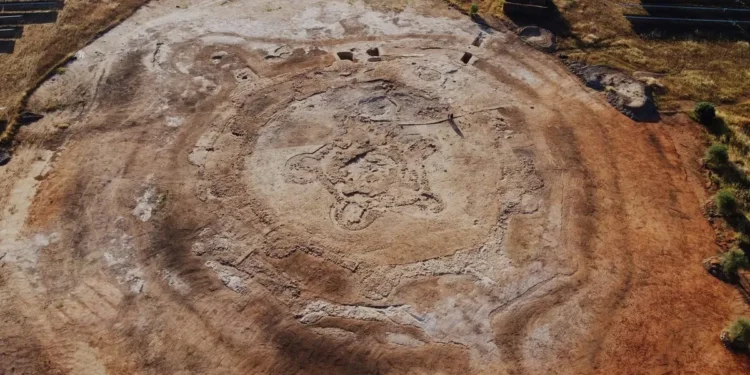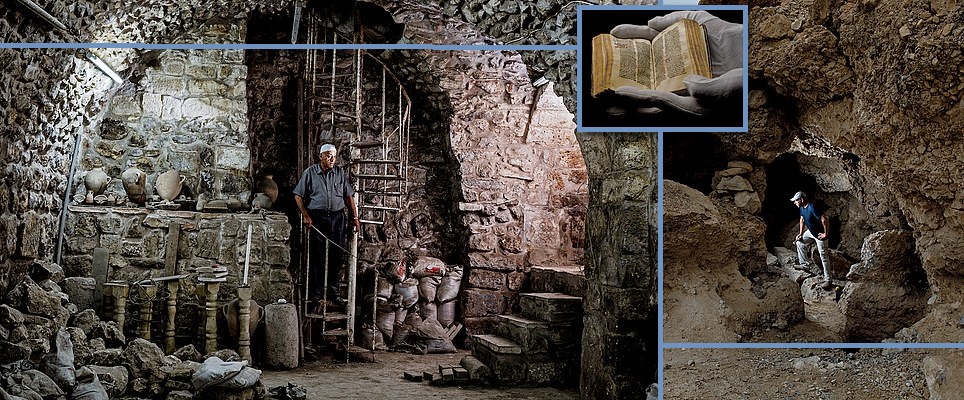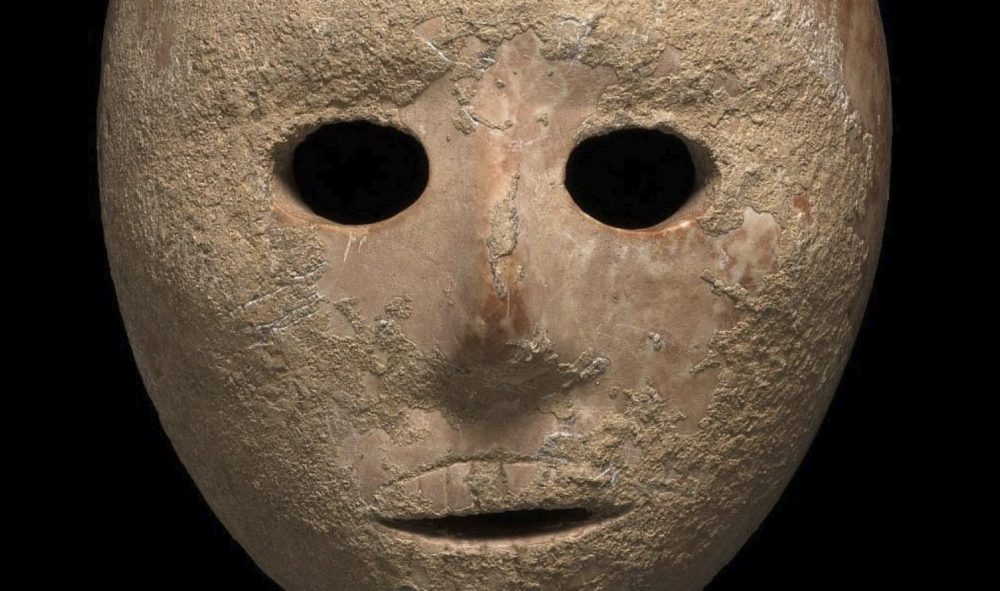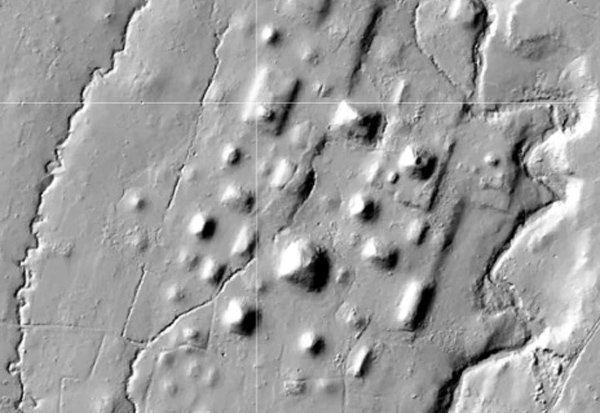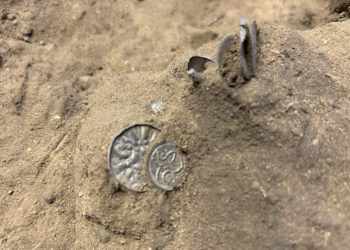A nearly 5,000-year-old fortress in southwestern Spain has yielded an unexpected discovery—a burial from the Roman era, long after the site had fallen into ruin. Excavations near the ancient stronghold, known as Cortijo Lobato, revealed the remains of a man laid to rest alongside a Roman military dagger, raising new questions about the site’s history.
The skeletal remains, identified as belonging to a man between 25 and 35 years old, were found near the fortress’s outer wall—an area that should have been uninhabited for over 2,500 years. The presence of a pugio, a standard Roman military dagger, suggests he may have been a soldier. However, archaeologists are uncertain whether he was a deserter, a victim of conflict, or simply someone who perished under mysterious circumstances.
César Pérez, the lead archaeologist on the excavation, explained to Live Science that the burial appears to be an isolated case. No evidence of Roman settlement or later occupation has been found at the site, making the discovery all the more puzzling. One possibility is that ancient Romans sometimes repurposed older monuments as burial sites, but without additional clues, the exact reason for his presence remains unknown.
A Fortress Frozen in Time
The Cortijo Lobato site, perched atop a hill near Almendralejo, was first identified in 2021 when an energy company conducting surveys for a solar power plant stumbled upon the ruins. Since then, archaeologists have worked to document its history while construction on the renewable energy project continued around it.
The fortress, dating back to the Chalcolithic period (3200–2200 B.C.), was far more complex than initially believed. It featured a five-sided central enclosure surrounded by four ditches and two massive concentric walls. The outermost defenses measured 250 feet (77 meters) in diameter, with walls reinforced by ten semicircular bastions, each 20 feet (6 meters) across. The entrance was designed to allow only one person at a time to pass through, a clear indication of advanced defensive strategies.
Pérez and his team have found extensive evidence of fire damage, indicating the fortress was destroyed in a violent attack around 2450 B.C.. However, who carried out this assault—and who stood in defense—remains unknown.
An Evolving Stronghold
Further analysis of the ruins suggests that the central enclosure was constructed around 500 years before the fortress was ultimately abandoned. Over time, the walls and defensive ditches were expanded, signaling an increased need for security. What began as a small stronghold appears to have transformed into a regional defensive hub.
In addition to its fortifications, the site also included a reservoir, likely built to support prolonged resistance during a siege. These discoveries highlight the strategic importance of Cortijo Lobato, not only in prehistoric Spain but possibly even during later periods of sporadic use—like the unexplained Roman burial found within its walls.
The excavation continues, with researchers hoping to uncover more evidence that might explain this unusual intersection of civilizations—where a Roman soldier’s final resting place was a fortress built thousands of years before his time.
Join the Conversation!
Have something to share or discuss? Connect with us on Facebook and join like-minded explorers in our Telegram group. For the latest discoveries and insights, make sure to follow us on Google News.



